In this week’s Smart Talking we chat to Blue Badge Guide, Coinneach MacLean.

Hi Coinneach, welcome to Smart Talking. Please tell us a little about yourself and for those who don’t already know, what is a Blue Badge guide?
Coinneach: I am a native of South Uist in the Outer Hebrides. I am an archaeologist by training but spent the last seven years of my working career as an executive with the National Trust for Scotland. I qualified as a Blue Badge tourist guide in June 2010.
To be the holder of a Blue Badge means that you have been “kite-marked” in that it is a sign of the quality of guiding that the clients can expect when they choose a “Blue Badger” to accompany them on their visit to Scotland. The training enables us to guide professionally throughout Scotland. At their best, Blue Badge guides can provide visitors with an introduction to Scotland that is unsurpassed by any other body of guides.
What do you think motivates people to become tour guides?
Coinneach: I suspect there are as many motives as there are guides but for myself it is about a passion to communicate the story of Scotland, and particularly, Gaelic and Highland Scotland, to those who visit this beautiful country.
Tell us about some of your best tour experiences with visitors – why are they memorable? Any you would care to forget?
For me to date the most satisfying experience has been establishing a rapport with a group of 40 people over 10 days and seeing the pleasure that is generated as you reveal more and more about the fascinating story that is Scotland’s past.
Some of my less happy moments have been joining at the end of the Honours queue with 15 minutes remaining the Edinburgh Castle visit: there was an inevitable failure to manage our guest’s expectations in a visit to a key location. Although it all ended happily, telling a couple that, no, this is Edinburgh Castle and not Stirling Castle, was a little bit of a challenge. However I think the most difficult experience is coping with guest’s reaction to sometimes brusque staff that we occasionally confront at some of our more popular publicly owned monuments.
You guide in Gaelic as well as English – can you give us an idea of who your customers are and what kind of tours you’d be taking with them?
Coinneach: I don’t feel that there is any real difference as far as locations are concerned but the subjects do certainly differ. For example, I recently took a Gaelic-speaking group around Glasgow — a hugely significant city for the Gael – and the focus was markedly more on culture, music and song than would have been the norm for an English-based tour. Of course, having in the language enables you to make the landscape “speak” particularly north of the Forth and Clyde: there is a totally different Gaelic -perspective narrative available in most areas of Scotland.
What can a tour guide add to a visitor’s travel experience in Scotland?
Coinneach: Having read some of the academic literature I am completely in accord with the view that, whether it is Scotland or anywhere else in the world, the tour guide is without doubt the most important link between the operator, the programme and customer’s satisfaction. They have to deal directly with the guests, guiding and attending to their needs, managing and organising, advising and innovating and particularly explaining and mediating. Unless we have comfortable command of the narrative of the landscape they are passing through, the experience for the guests will be less rewarding.
The process to become a qualified Scottish Blue Badge guide currently costs around £6,000.00 and takes around two years. What advice would you give to those considering becoming a Blue Badge Guide?
Coinneach: The price tag for the prize of a Blue Badge is in itself a daunting figure but perhaps what is most important for would-be-guides is a full awareness of the time commitment required over what is in essence a two-year period. I was aware that some of my colleagues in the cohort of 2010 were also holding down full-time jobs; for a number of them the time commitment was particularly onerous. However, ultimately, we all need to be realistic about the likelihood of being able to make a full-time living from an occupation which ultimately remains highly seasonal.
Finally, when you need a break from looking after visitors in Scotland, where do you like to escape to and what do you want to get out of a trip… with or without a guide?
Coinneach: Perhaps paradoxically for me there is nothing more relaxing than a city break in Europe. Once the Royal National Mod is over we are heading for Sicily and the city of Syracuse. I love exploring an unfamiliar city that brims over with colour and vibrancy. We will almost certainly take a day excursion with a tour guide — our “pathfinder” to a deeper understanding of the local culture.
Many thanks for Smart Talking with us, Coinneach.
Coinneach is currently undertaking a doctoral thesis on Gaelic in Scottish tourism.
For more information visit: www.stga.co.uk



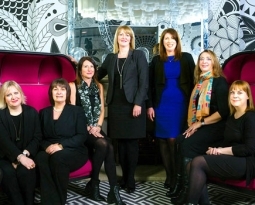
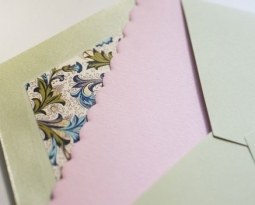
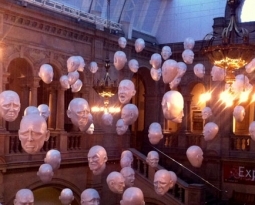
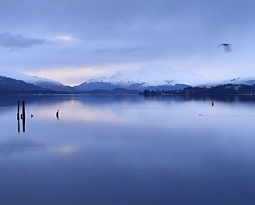
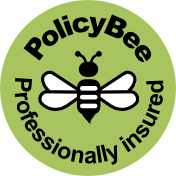
 Professional indemnity
Professional indemnity